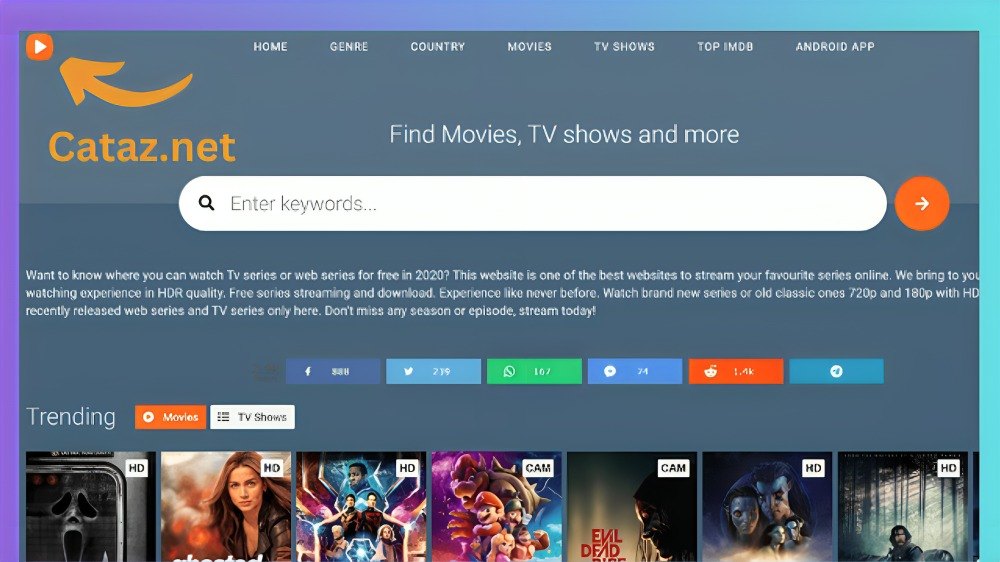Persuasive Ads Examples
The art of crafting persuasive ads has been a cornerstone of successful marketing campaigns for decades. At its core, a persuasive ad is designed to influence consumer behavior, driving potential customers towards a specific action—whether that’s making a purchase, signing up for a service, or adopting a particular viewpoint. Persuasive ads achieve this goal by leveraging a combination of psychological triggers, emotional connections, and clear, compelling messaging.
Understanding the Core Elements of Persuasive Ads
Clear Target Audience: The most effective persuasive ads are those that are tailored to a specific audience. Understanding who your target audience is, what motivates them, and what their pain points are is crucial for crafting messages that resonate.
Emotional Connection: Humans are emotional beings, and decisions are often made based on emotions rather than logic. Persuasive ads tap into this by creating an emotional connection with the audience, whether through visuals, storytelling, or the promise of how a product or service can improve their lives.
Unique Selling Proposition (USP): Every persuasive ad needs a clear and compelling USP that sets the product or service apart from competitors. This could be a unique feature, an unbeatable price, exceptional customer service, or any other factor that makes the offering irresistible.
Social Proof: Including testimonials, reviews, or any form of social proof in persuasive ads can significantly boost credibility and trust. When potential customers see that others have had positive experiences, they are more likely to believe that they will too.
Urgency and Scarcity: Creating a sense of urgency or scarcity can motivate people to act sooner rather than later. Limited-time offers, exclusive deals, or limited availability can all be powerful motivators.
Examples of Persuasive Ads
Coca-Cola’s “Share a Coke” Campaign: This campaign replaced the brand name on bottles and cans with popular names, encouraging consumers to “share a Coke” with friends and family. It was a masterclass in personalization and created a viral social media movement. The campaign’s success can be attributed to its ability to evoke feelings of warmth, friendship, and inclusivity.
Apple’s “Think Different” Campaign: By celebrating innovators and thinkers who have changed the world, Apple positioned its products as tools for those who dare to be different. This campaign resonated deeply with creatives and outsiders, appealing to their desire to stand out and make a mark.
De Beers’ “A Diamond is Forever” Campaign: This campaign is often cited as one of the most successful advertising campaigns of the 20th century. By positioning diamonds as a rare and precious symbol of love and commitment, De Beers created an illusion of diamonds as a necessary luxury for engagements, thereby inflate demand and prices.
Dove’s “Real Beauty” Campaign: Dove challenged traditional beauty standards by featuring real women in their ads, promoting a broader definition of beauty. This campaign resonated with consumers on an emotional level, positioning Dove as a brand that cares about and values the well-being of its customers.
Crafting Your Own Persuasive Ad
Know Your Audience: Conduct thorough research to understand your target audience’s desires, fears, and motivations.
Tell a Story: People remember stories more than facts and figures. Use narrative techniques to make your message more relatable and memorable.
Be Authentic and Transparent: Trust is a critical component of persuasion. Ensure your ads are honest, transparent, and align with your brand’s values.
Use Visuals: Images and videos can evoke stronger emotions than text alone. Use high-quality visuals that complement your message and capture attention.
Test and Refine: Not every ad will resonate with every audience. Continuously test your ads, gather feedback, and refine your approach based on the data.
In conclusion, persuasive ads are not just about convincing people to buy something; they’re about creating a connection, providing value, and leaving a lasting impression. By understanding your audience, tapping into their emotions, and clearly communicating your unique value proposition, you can create ads that not only persuade but also resonate deeply with your target audience.
Steps to Creating Persuasive Ads:
- Define your target audience with precision.
- Develop a Unique Selling Proposition that sets you apart.
- Use storytelling and emotional triggers to connect with your audience.
- Incorporate social proof to build credibility.
- Create a sense of urgency or scarcity to encourage action.
What makes an ad persuasive?
+A persuasive ad is one that effectively influences consumer behavior by tapping into their emotions, providing clear and compelling messaging, and offering a unique value proposition that sets the product or service apart.
How do I know what resonates with my audience?
+Understanding your audience involves research, feedback, and sometimes, a bit of trial and error. Use social media, surveys, and customer interactions to gather insights into what your audience values, fears, and aspires to.
By following these principles and continuously adapting to the evolving preferences and behaviors of your audience, you can create persuasive ads that drive tangible results and foster a lasting connection with your customers. Remember, the art of persuasion is about more than just selling a product; it’s about crafting a narrative that resonates, inspires, and ultimately, leaves a lasting impression.
